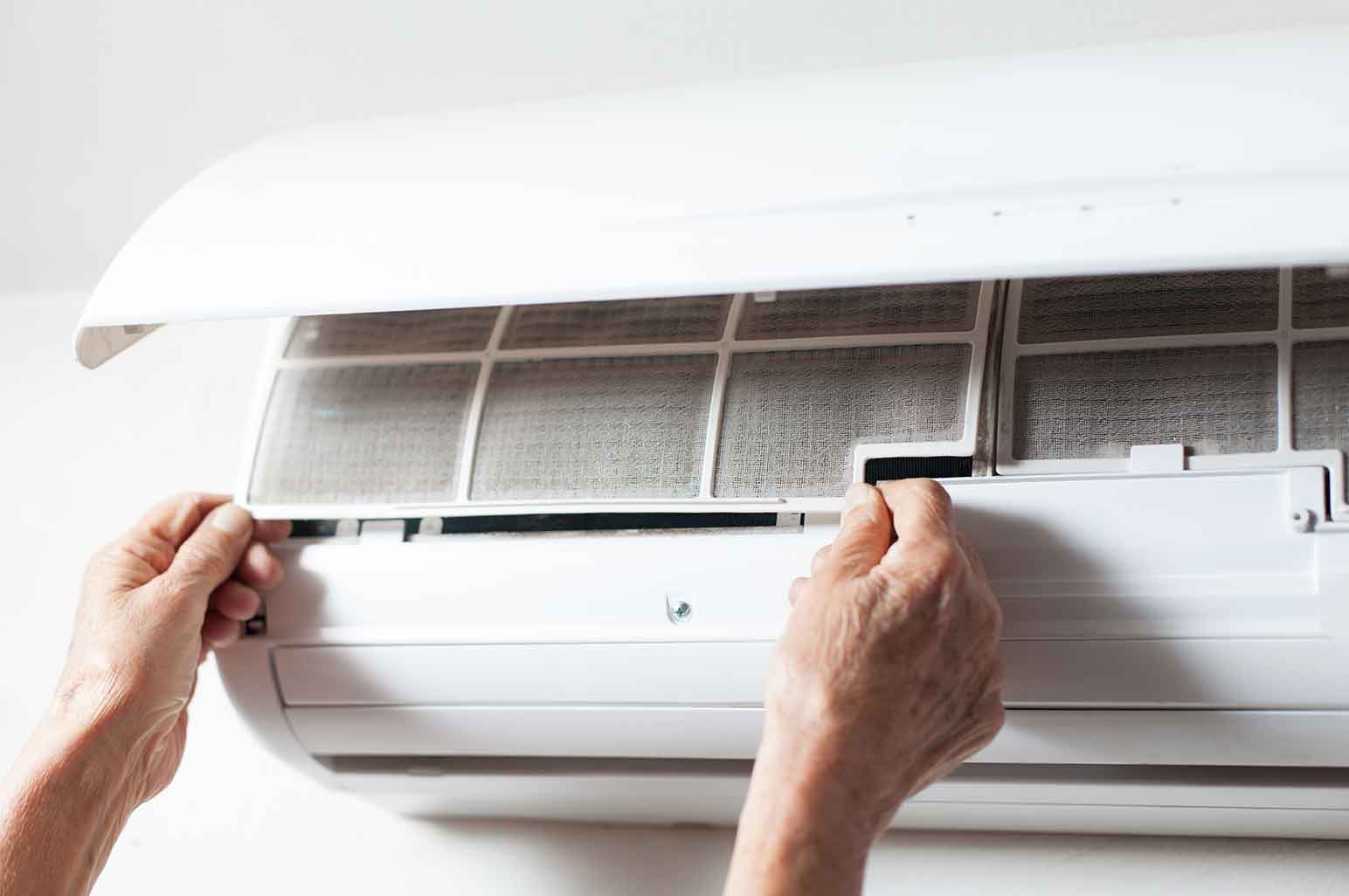Discover the key differences between air purifiers and air filters for improving indoor air quality. Which option is best for you?

When we think of cleaning the air inside our homes, we typically have two options. You can either use air filters or air purifiers. Indoor air pollution contributes to a significant portion of the diseases in the world. Therefore, the importance of indoor air quality cannot be understated.
The vast majority of people use HVAC systems that have air filters. Others use air purifiers as stand-alone units but often in accompaniment to their air conditioning system.
The best way to evaluate the two ways to improve air quality is to look at them separately. We will begin with air filters.

Air Filters
What is an Air Filter?
An air filter is a sieve in your air conditioning system that traps pollutants such as dust, pollen, bacteria, and mold. Air filters have to be replaced as part of the air conditioning unit’s maintenance.
How do Air Filters Function?
Air filters, as stated above, are built-in components of an HVAC system. They are the conduit through which air enters your air conditioning and into your home. They are often located between the air duct and the furnace. They trap microscopic particles of pollutants, thereby decontaminating the air passing from the outside and into your home.
The types of pollutants that air filters remove include pollen, dust mites, pollen, mold, pet dander, bacteria, fibers, and soil particles, among others.
The main role of the air filter is to keep your HVAC system free of debris so that it can function optimally. The result is clean air, but it needs to be clean for them to function properly.
Air filters have a sieve or porous layer to allow air to pass through while retaining all the contaminants, hence the need to clean or replace air filters. The protective layer might be made of fiberglass, mesh, or pleated paper.
The obvious limitation of air filters is that they do not trap contaminants smaller than the holes in the air filter’s protective layer. It is the main reason for the comparisons between air filters and purifiers. Air filters use different methods to decontaminate the air, including electrostatic energy. It will depend on the type of air filter.
Common Types of Air Filters
There are several types of air filters. The most common type of air filter is washable filters. They are reusable, so they are very cheap to maintain. There are also activated carbon air filters. They are very porous and trap many contaminants. However, they are often used alongside less porous filters.
Fiberglass is a disposable filter that traps contaminants in fiberglass material. They use electrostatic energy to attract particles. High-Efficiency Particulate Air (HEPA) filters are the most efficient air filters. They hence have the most commercial and residential use.

Air Purifiers
What are Air Purifiers?
An air purifier is a device that removes contaminants from the air in a room. They are stand-alone devices, unlike air filters.
How do Air Purifiers Function?
Air purifiers purify the air in a room by removing many of the impurities. They often use several filters and fans to purify the air.
The main difference between an air filter and a purifier is that a filter traps the contaminants, while an air purifier destroys them. They work by drawing air from the room into the purifier through a vent. They then pass the dirty air through several filters. Next, the cleaner air is deodorized to change the smell and remove odors or harmful components.
The purifier will then clean the rest of the air, depending on the type of purifier. They will then use a fan to blow clean air out of the purifier and into the room. The process is repeated over and over as long as the purifier is working.
Common Types of Air Purifiers
There are three main types of air purifiers. The first type is the UV light air purifiers. As the name suggests, they are air purifiers that use ultraviolet radiation to make harmful elements in the air harmless.
The second type of air purifier is the adsorbent air purifier. They use carbon to absorb the impurities in the air inside the purifier. It is very porous and can be discarded from the purifier.
The third type are ionizing purifiers, which create an electrically charged field and charged particles (ions) that attract bacteria. The ions attract anything with an opposite charge in the air.

To conclude, both air filters and air purifiers clean the air inside a room. However, air purifiers clean more effectively because they completely remove the contaminants rather than trap them like an air filter. If you have a good HVAC system, an air filter may be enough. However, if you don’t or want to supplement the air conditioning, you can use an air purifier.
